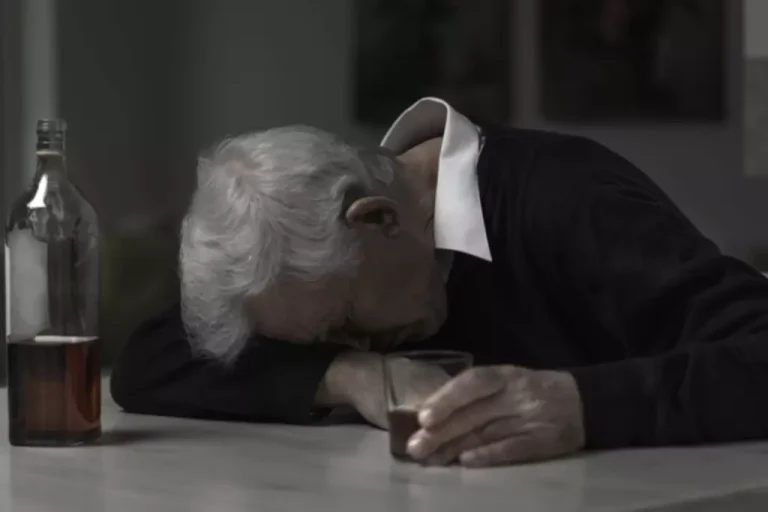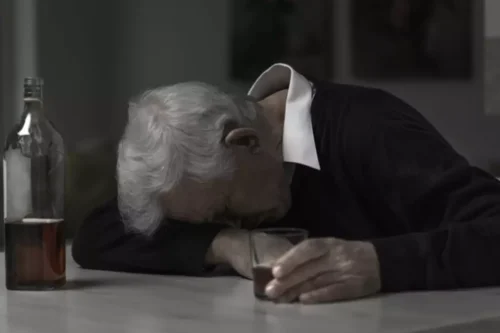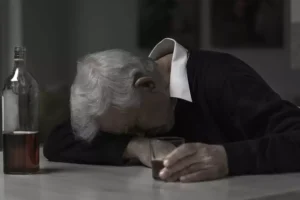
Pharmacists should be well educated on AUDs and their treatment and on the treatment of AWS to facilitate and optimize timely and appropriate patient care, which could ultimately lead to saving a patient’s life. The risk factors of alcohol withdrawal are heavy alcohol use, age, a delirium Alcoholics Anonymous tremens history, dehydration, electrolyte imbalances, brain lesions, abnormal liver function, certain medications, and substance abuse. Alcohol withdrawal risk factors include a history of severe withdrawal (e.g., seizures or delirium tremens), long-term heavy alcohol use, older age, co-occurring medical or psychiatric conditions, and polydrug use. AWS represents a potentially life-threatening medical condition typically affecting AUD patients abruptly decreasing or stopping alcohol consumption. AWS should be considered in the differential diagnosis of any patients showing symptoms of autonomic hyperactivity.

Substance Withdrawal and Addiction
If you are not sure where to turn, the SAMHSA Helpline is a great resource. Detox, or detoxification, is a process of supporting a person going through withdrawal to help them get the substances out of the body more safely. In contrast, chronic heavy drinkers are at a high risk of alcohol addiction withdrawal, as their central Cure for Alcohol Withdrawal Symptoms nervous system becomes dependent on alcohol’s depressant effects.
What Medications Are Used for Alcohol Withdrawal?
It is a potentially life-threatening condition whose severity ranges from mild/moderate forms characterized by tremors, nausea, anxiety, and depression, to severe forms characterized by hallucinations, seizures, delirium tremens and coma 6. The frequency and setting for outpatient monitoring of AWS should be guided by symptom severity, risk of complications, and social factors, including reliable social support and a safe home environment. Most patients will require daily evaluations for up to five days after their last drink, but evaluations may increase or decrease in frequency as necessitated by changes in symptom severity.8 These visits can be with any health care professional. Blood pressure, pulse, and alcohol breath analysis should be obtained whenever possible. The assessment should also include a validated measure of withdrawal symptom severity, ideally with the same instrument as the initial assessment.

What is alcohol withdrawal syndrome?

Comprehensive patient care entails acute management and outpatient support in the hospital setting. In the inpatient setting, nurses perform frequent assessments that inform the treatment plan. Individuals with a history of delirium tremens, seizures, or long-term heavy alcohol use face a higher risk of severe or prolonged withdrawal symptoms.

- These guidelines have been developed to ensure consistent care delivery for patients with AWS across inpatient services.
- Alcohol withdrawal starts between 6 to 24 hours after the last drink, depending on the severity of alcohol dependence and individual metabolism.
- Some people take additional doses to prolong the high, increasing the risk of adverse side effects.
- Although these data are encouraging, further confirmatory studies are needed to establish the role of baclofen in AWS.
- Alcohol withdrawal syndrome refers to a group of symptoms that can develop when someone with alcohol use disorder suddenly stops drinking.
If you’re getting through alcohol withdrawal at home, here’s what can help. When used along with beta-blockers,clonidine may help get your heart rate or blood pressure back down to healthy levels. You can take these medications by mouth, or your doctor may give you a longer-acting version of one of these drugs by IV in the hospital. Once you leave an inpatient program, you’ll be connected to resources you can continue to use, such as support groups or doctors or therapists in your area. This may involve one one-on-one sessions with a social worker or therapist to help you deal with mental health issues or past traumas.

Patients who experienced altered sensorium during hospitalization should achieve baseline mental status prior to discharge. Emergency department discharge parameters (not specific to UMH) have been established to manage patients who present with alcohol withdrawal seizures. Neuroleptics have had a prominent role in treating patients with significant Type C symptoms during withdrawal, especially during DTs.
- At the prescribed doses, there have not been any reports of euphoria or other pleasant effects caused by the drug.
- The three-question Alcohol Use Disorders Identification Test-Consumption and the Single Alcohol Screening Question instrument have the best accuracy for assessing unhealthy alcohol use in adults 18 years and older.
- Molly withdrawal symptoms can vary from person to person based on how much ecstasy they use, how often, and whether they use it alongside other substances.
- Neurotransmitters are chemical messengers in the brain and body that send messages between cells.
- Non-pharmacologic interventions are the first-line approach and, sometimes, the only approach required.
